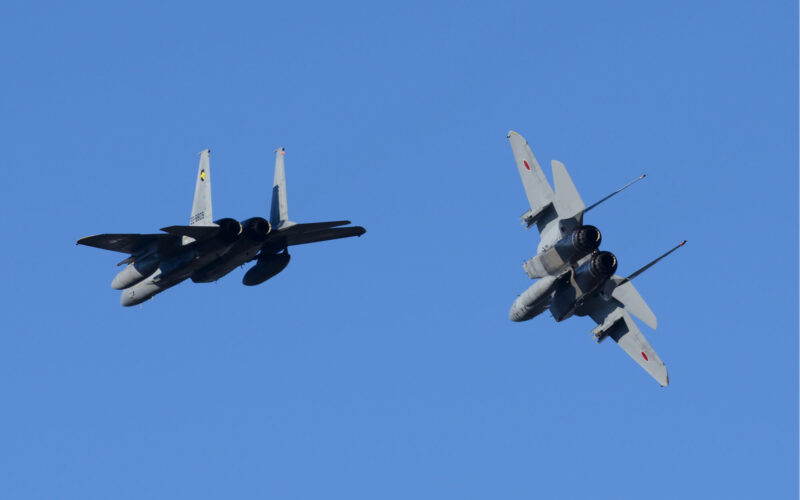Japan recently saw a significant increase in foreign military activity near its airspace. In the fiscal year 2021, which ended on March 31, 2022, the Japanese Air Self-Defense Force reported carrying out 1,004 alert scrambles. This marks the second busiest year on record, after the record high of 1,168 scrambles during the fiscal year 2016.
The main reason for the increase in alerts was a surge in activity from the People’s Liberation Air Force around Japan’s air defense identification zone (ADIZ). The number of scrambles for Chinese military aircraft was 722 in 2021, against 458 the previous year. The second largest cause was the interception of Russian aircraft, but that number remained stable at 266 alerts against 258 in the fiscal year 2020.
“Under the policy of firmly defending the territory, territorial waters, and airspace of the country, we will continue to take all possible measures against violation of airspace in accordance with international law,” the Japanese Ministry of Defense commented.
2021 would probably be a record year for the JASDF if it had not changed its rules of interception. Since 2020, fighter jets of the JASDF are only scrambled when foreign aircraft are identified as a direct threat to Japan’s airspace.
This change was motivated by the progressive deployment of the Lockheed Martin F-35 Lightning II stealth fighter, deemed “not suitable for emergency lift-off” by the Japanese Ministry of Defense. “It will become difficult to maintain the same system as before,” the Ministry told Kyodo News at the time.
The reduction in activity also mitigates the technical strain on the Mitsubishi F-15J, a homegrown version of the McDonnell Douglas F-15 Eagle currently acting as JASDF’s main interceptor. The Japanese government has included the modernization of the fleet into the so-called F-15JSI (Japan Super Interceptor) variant in the fiscal year 2022 budget.
Japan is not the only country in the region reporting activity in its ADIZ. On April 19, 2022, a South Korean official told Yonhap News Agency that both Russian and Chinese military aircraft approached the country’s airspace in March 2022.
The first incursion took place on March 23, 2022, when an unidentified Chinese military aircraft approached Socotra Rock, a submerged islet about 149 kilometers southwest of South Korea’s southernmost island of Mara, and 245 kilometers northeast of Haijiao Island, China. Both countries claim the rock as part of their respective exclusive economic zones, though it houses the South Korean Ieodo Ocean Research Station.
A day later, two Russian aircraft entered the ADIZ near the island of Ulleungdo, east of the Korean Peninsula. Fighter jets from the South Korean Air Force (ROKAF) were scrambled to intercept the flight group. Yonhap notes that hours after that incident, North Korea tested a new intercontinental ballistic missile by firing it into the East Sea, which borders both countries.

